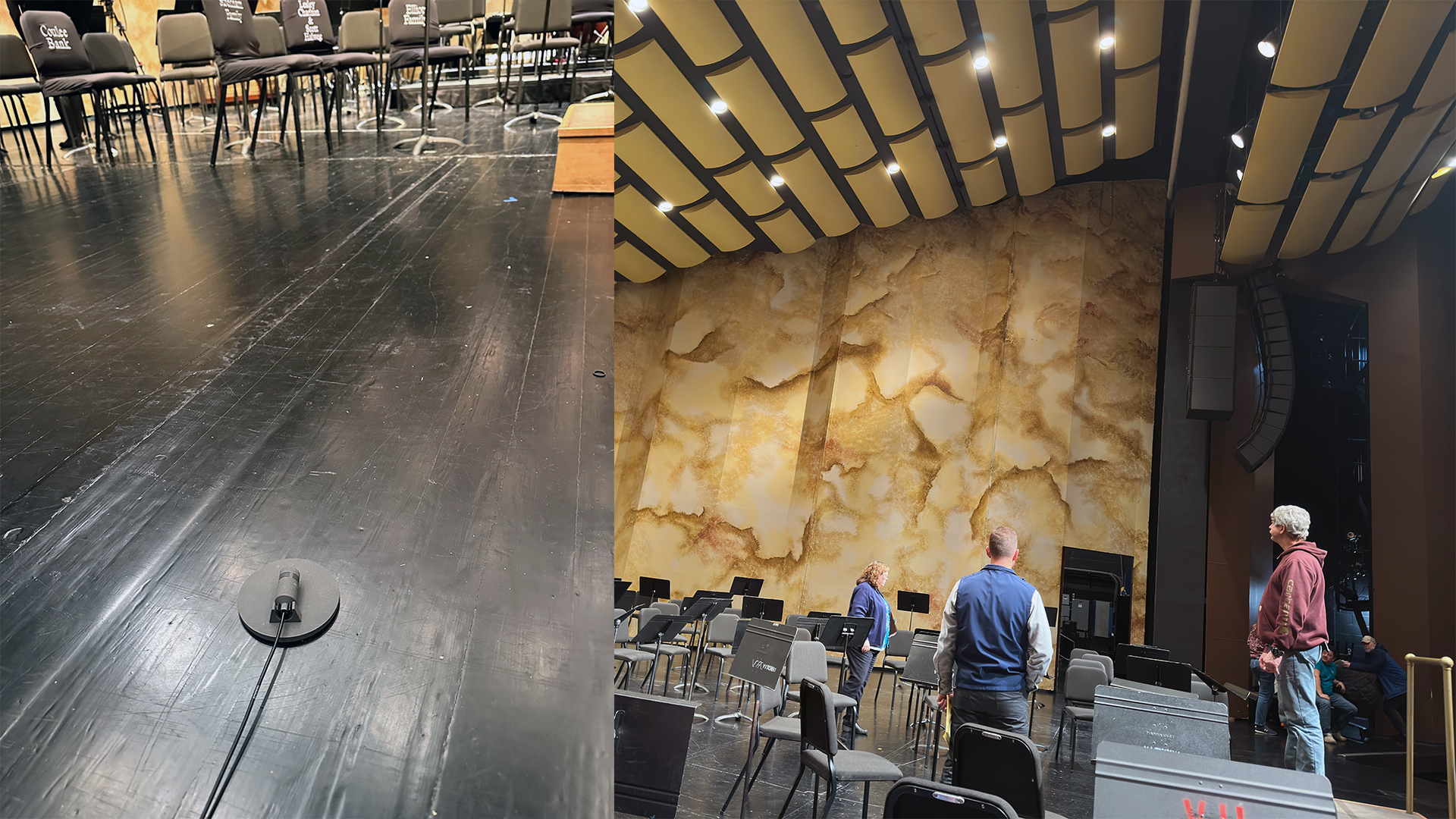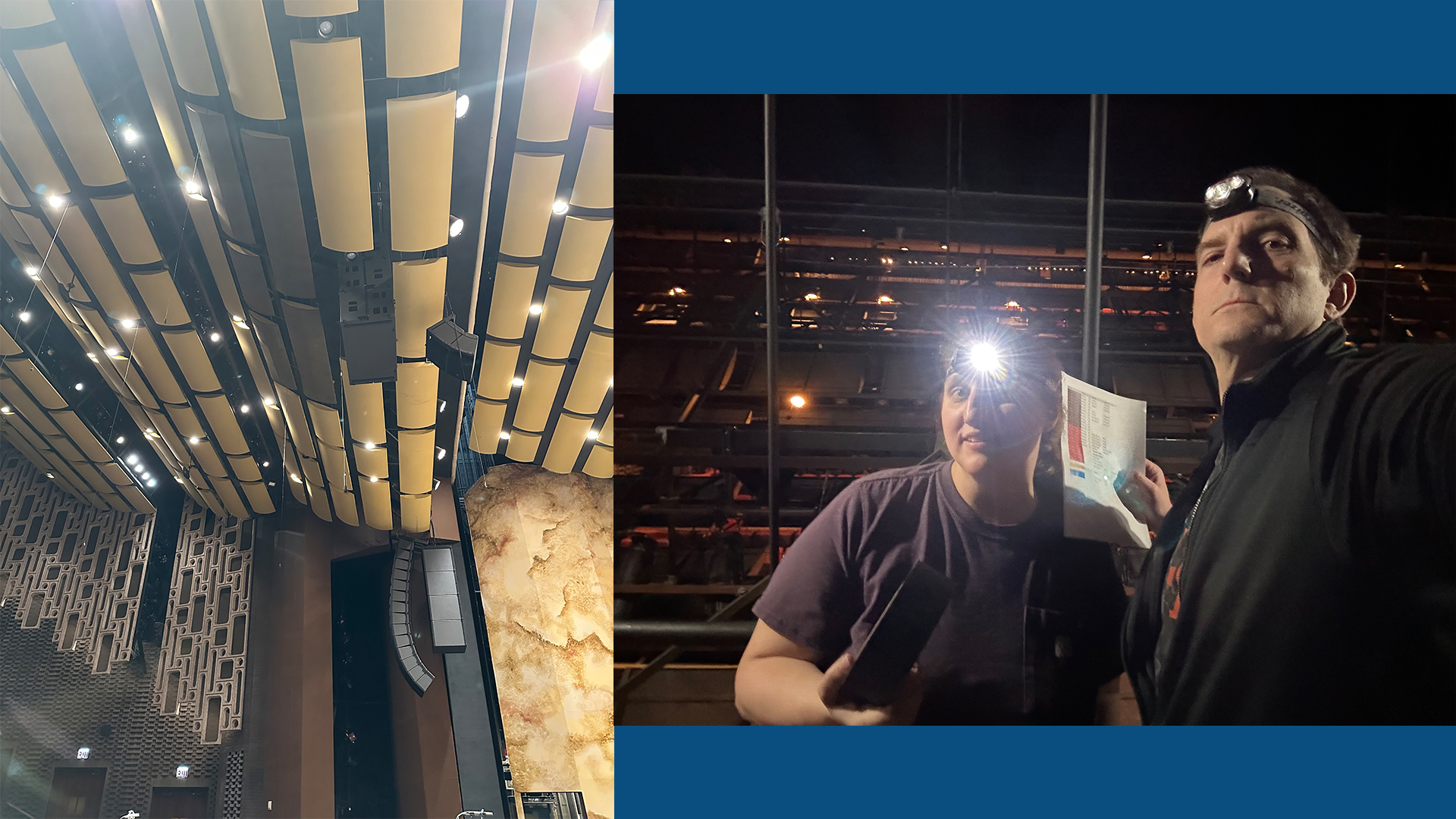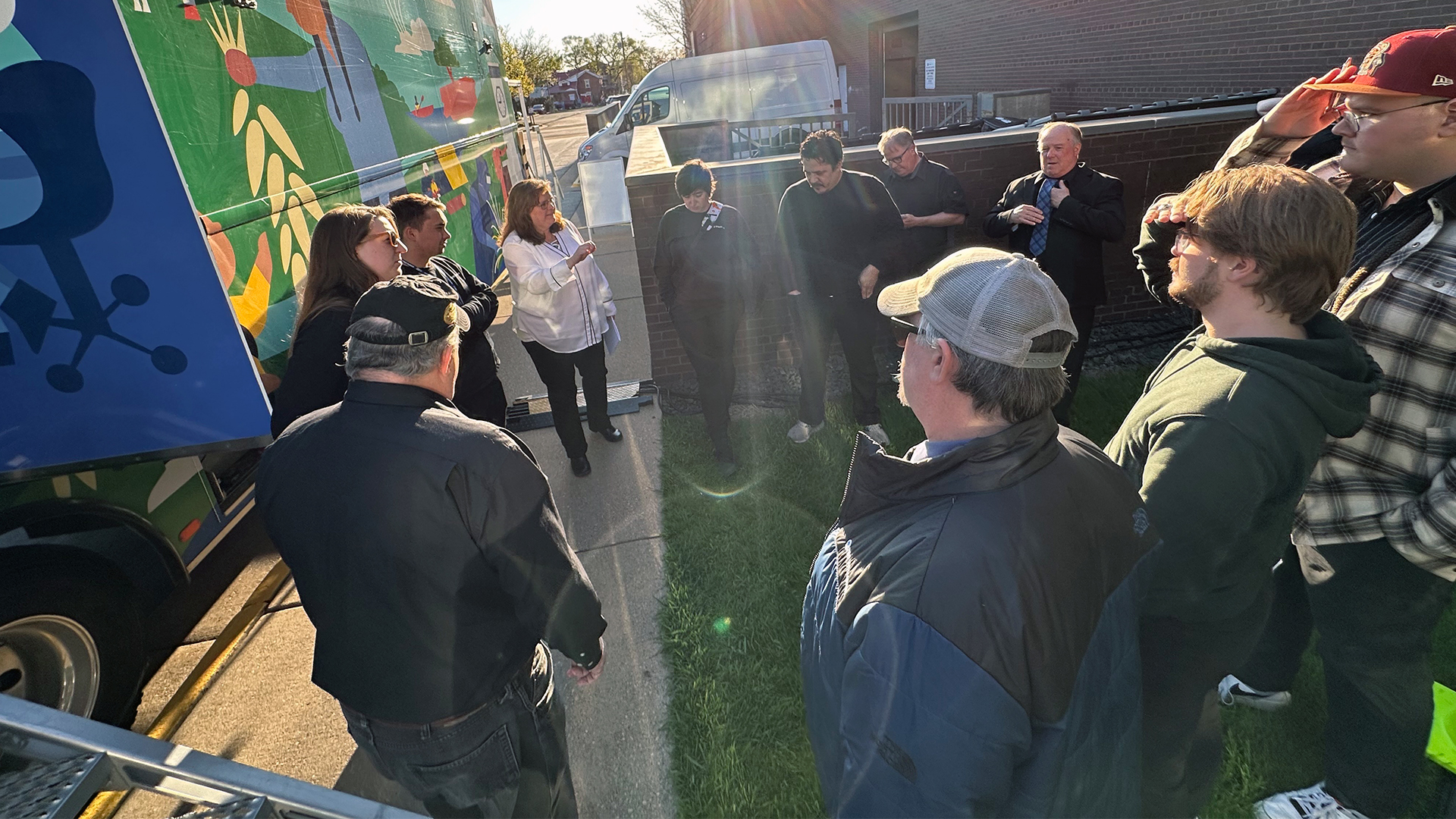Can you ‘clean up’ audio? Q&A with PBS Wisconsin sound engineer Andrew LaValley
The La Crosse Symphony Orchestra’s performance of “Midnight in Paris” premieres on PBS Wisconsin 8 p.m.
07/14/25
The La Crosse Symphony Orchestra’s performance of “Midnight in Paris” premieres on PBS Wisconsin 8 p.m.
07/14/25
The La Crosse Symphony Orchestra’s performance of “Midnight in Paris” premieres on PBS Wisconsin 8 p.m. Monday, July 21, with an encore presentation 10 p.m. Thursday, July 24.
Before its first-ever collaboration with the La Crosse Symphony Orchestra, PBS Wisconsin spoke with broadcast audio engineer Andrew LaValley to learn more about how his research, preparation and craft blended together for an enriched audio experience recording the May 3, 2025, live concert at Viterbo University’s Fine Arts Center.
PBS Wisconsin: What would viewers be surprised to hear about?
LaValley: The sheer number of coughs and body sounds that I removed from microphones. Hundreds and hundreds. Every chair that creaks on stage, I went in after the fact and cleaned up the whole thing.
We use software that pulls each little noise out without affecting the music. As an audience member in the room, your brain just tunes it out. There were literally hundreds of them because we had a mic so close to the musicians and [La Crosse Symphony Orchestra conductor] Alexander [Platt]. He was a very animated conductor.

PBS Wisconsin: Can you tell us about the technique you used for recording the sound?
Andrew LaValley: The technique that we used is modeled after a Decca tree. It’s a stand with three microphones. There’s one in the middle, one left and one right, in a triangle that sits up in the air. The mics are just two to three feet apart.
But when we’re making television, if I put that stand with the mics and the whole apparatus in the middle of the orchestra, it’s going to be right in our camera shots. We can’t really move camera positions. [Retired Wisconsin Public Media engineer Marv] Nonn had the idea to take that little three-way stand and instead places those three mics spread out over the top of the orchestra 20-25 feet apart. We decided to use small lavalier microphones, the same ones you see clipped on television talent. They capture the full sound of the orchestra and are practically invisible on camera. I knew that if I didn’t put microphones in exactly the right places, I wasn’t going to capture what I needed.
In order to achieve the standard way that our viewers are used to hearing an orchestra, we needed to do a few additional things. We ended up adding various mics spaced out around the symphony, including a hidden stereo mic between the conductor and the first row right in front of his stand, a mic by the lower strings, a spot mic on the harp and a little microphone on the floor about eight feet in front of violin soloist Rachel Barton Pine, pointing right up at her. These all added up to a full rich sound of the orchestra.

PBS Wisconsin: Once the production crew arrived on site, what did the process entail?
LaValley: Luckily, we had two full rehearsal days with the La Crosse Symphony Orchestra in the Viterbo University Fine Arts Center on Thursday and Friday. We loaded in and hung equipment on Wednesday, made a few adjustments after the first rehearsal and a tiny little one after the second rehearsal. When the show started on Saturday, I barely had to touch a thing.
With our other broadcast audio engineer, Zack Sieger, and myself having the extra time, we both put our ears and our brains 100% into this thing. And where we got to at the end was the best work I’ve ever produced at PBS Wisconsin. I’m really, really happy with it.

PBS Wisconsin: What else stood out recording Maestro Platt during the performance?
LaValley: He aggressively turned pages because he would be so animated, and that’s what makes the La Crosse Symphony Orchestra so good! He can get everybody to that high energy level. He would often just swipe down and slap the page over.
A lot of times, he would stomp on his wooden platform that reverberated like a drum. He would stomp and a ‘boom’ would be picked up by the mics. Regardless of the challenges, we always want to make sure that the artists can fully express themselves. We just try to present them doing their thing in as natural a way as possible. We want our audience to feel like they are in the room with the performers.
The full Brahms Concerto, as well as extended interviews with Barton Pine, Platt and La Crosse Symphony Orchestra Executive Director Eva Marie Restel, will be available online beginning July 21.
I would love to get your thoughts, suggestions, and questions in the comments below. Thanks for sharing!
Jim and Susie Miller
My wife and I were super impressed with the audio and the accuracy in spotting each special player in the orchestra. Kudos to you and your crew.
Mike DeVine
Thank you, Jim and Susie! We are glad you enjoyed the broadcast.